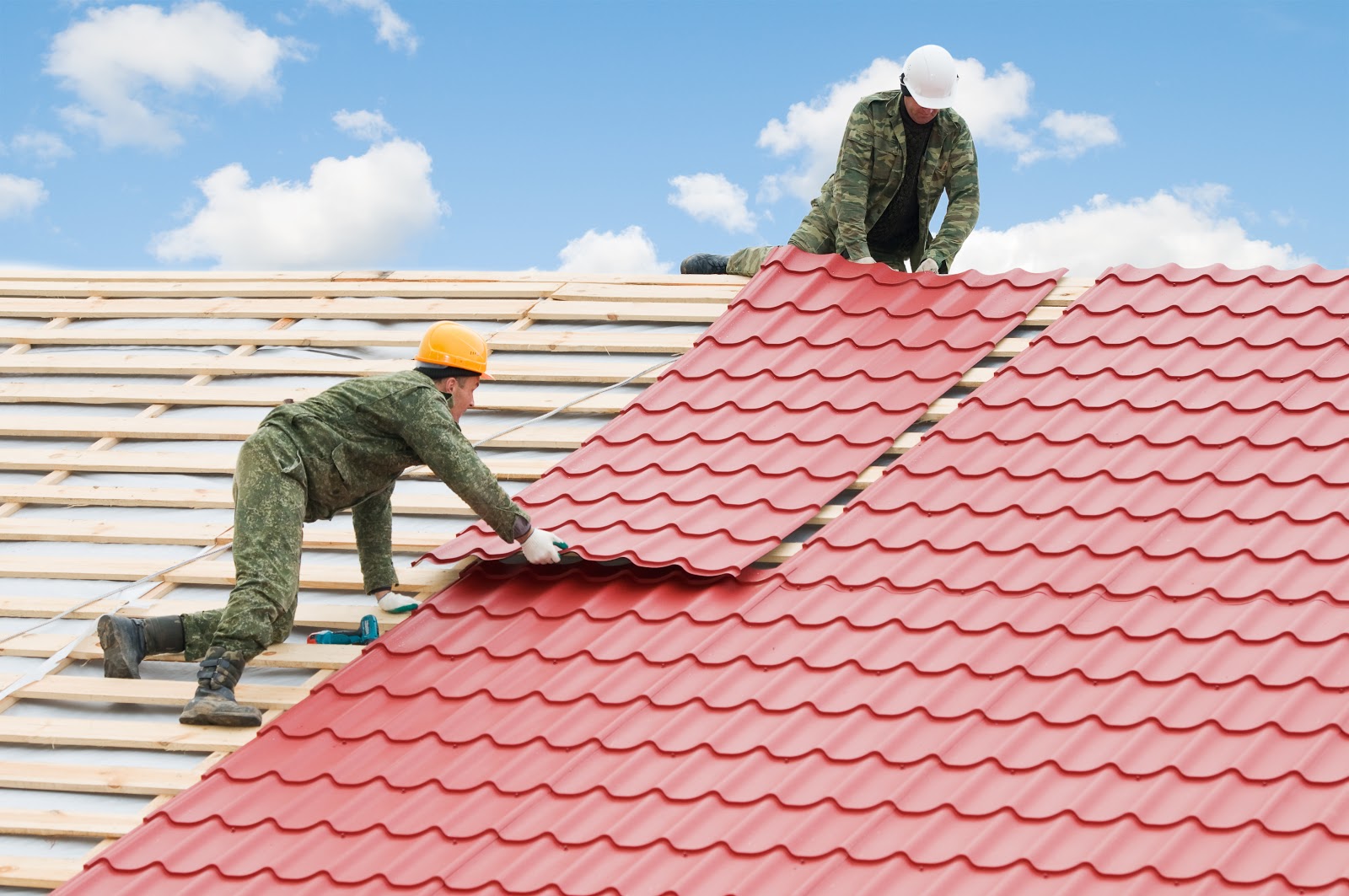Traditionally we ve insulated the roof panel to try and keep the temperature on the panel from reaching the dew point.
Is a radiant barrier necessary with metal roof.
It works by reflecting radiant heat away from the surface.
We were thinking about replacing the current roof composite.
Our house is relatively new approaching 10 years old.
The radiant barrier should be installed in a manner to minimize dust accumulation on the reflective surface.
Radiant barriers are utilized to reduce summer heat gain in attics and help to improve the efficiency of green building envelopes.
A radiant barrier can lower heat transfer from attics to the building below keep the attic space cooler and lower cooling costs by up to 17 in warmer climates.
Our main house has a barrier and it is a great help in cooling.
Much of this heat travels by conduction through the roofing materials to the attic side of the roof.
A radiant barrier can be effective with an asphalt shingle roof only when installed inside the attic either to the underside of the roof decking or to the underside of the roof rafters.
Metal roof and radiant barrier questions paging rox the wife and i have been researching some energy saving ideas.
We take a look at how radiant barriers work the different types of radiant barriers and some of the.
But a preinstalled membrane may be even more effective at removing condensation.
The problem with using.
It s a permanent solution that will help lower your energy bills.
A radiant barrier is a reflective insulation usually made of aluminum which blocks the transfer of radiant heat.
Admittedly it s less about the green on our planet than the green in our wallets but it should work for both.
For a shingled roof there isn t really a way to add a radiant barrier unless you were re decking or building a new roof on top of the old one the new roof being metal or tile with the required air space minimum the foil needs.
Thank you for your help on this and all you have given us over the years.
In these attic space applications there is an air space below the radiant barrier.
Installing the radiant barrier in direct contact with the roof only serves the purpose of protecting the roof from radiant heat from the inside of the home.
We ll add a vapor barrier so the moist air does not flow up through the insulation and condense on the roof.
When the sun heats a roof it s primarily the sun s radiant energy that makes the roof hot.
Obviously not its intended purpose here.





























